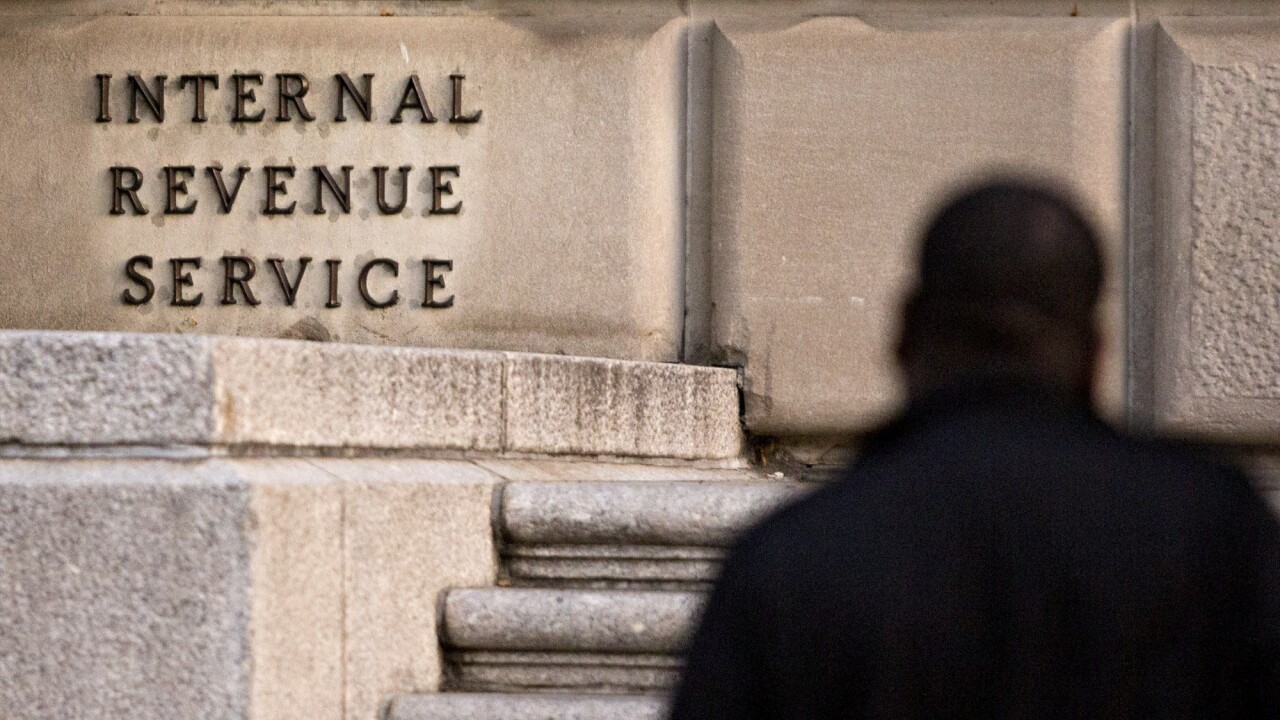When Fiserv paid $4.4 billion to acquire CheckFree in 2007, ACH-based bill payment through banks’ web portals was expanding, with 21 of the top 25 banks in the U.S. using CheckFree’s services.
It happened to be the same year Apple introduced the iPhone, which would gradually undermine bank-based bill payments by enabling consumers to pay bills directly through mobile apps using all types of payments, including cards.
Fewer than 25% of consumers now pay bills through their banks’ websites, down from about 40% more than a decade ago, and the pandemic has only accelerated that shift as more consumers got help simplifying bill payments through third-party providers and fintechs, according to data from Aite Group.
The major downfall for bank-based bill pay is most banks’ inability to deliver real-time payments at a time when cash-strapped consumers who have come to expect streamlined checkouts demand more choices and visibility into their finances.

Banks may have optimized online bill payment for mobile devices, but the process still features limited payment choices and uncertain payment settlement times, as compared to the guaranteed experience of making a payment through a biller’s website or app.
Despite limp interest in bank-centered bill payment in recent years, Fiserv is betting on a renaissance in consumer bill payment services when real-time payments become widely available in the U.S. in the next year or two.
“With real-time bill pay ahead of us, the linkage between the bank, biller and the consumer is converging,” said Brad Jones, vice president, product management for bill payment solutions at Fiserv.
CheckFree — despite its outdated name — is still the single leading provider of consumer bill payments, according to Jones. As real-time payments roll out in the U.S. in the next few years in combination with modernized bill-payment management tools, Jones expects Fiserv will see consumers moving bill payment back to banks.
One reason is that billers have reached the limit of what they can feasibly offer, according to Jones.
“Billers simply want to get paid, and they’ve set up websites and IVRs to streamline payments, but they don’t want to be continuously building up connectivity to every kind of payer system everywhere,” he said.
Fiserv also sees consumers becoming overwhelmed with complexity as their total number of payments through different channels has expanded in recent years, Jones said.
“When you put together our routing, our connections to billers, the processes we have already established to consumers with Zelle and our plans to integrate with The Clearing House, FedNow and card rails for real-time payments, banks using our service will be in the pole position in the bill payments race,” Jones said.
Eighteen months ago Fiserv connected its bill payment network to 600 billers, and the company is currently expanding that reach while refining technology for banks to send request-to-pay reminders to customers when each of their recurring bills is due.
“Our gateway supports every payment rail and as we build it out for real-time payments, we’ll be able to offer bank customers the maximum number of choices in how to pay local, regional and national bills,” Jones said.
There is still much work and expansion needed before Fiserv can deliver on its vision, but analysts say various players have a fair shot at revitalizing the consumer bill payment experience.
“The market is due for new bill payment solutions to help banks and billers capitalize on better digital consumer experiences and interactions,” said David Albertazzi, research director with Aite Group.
One example is
Huntington Bank last year integrated consumers’ accounts with BillGO so users can pay bills from a checking account, payment card or digital wallet through a dashboard that helps consumers decide which bills to pay when based on their bank balance.
Another possibility is a company like Doxo, founded in Seattle in 2008. It sees neither the bank nor the biller as the hub for bill payments.
“We’ve unlocked bill payment from any individual biller or bank, because that’s how consumers are living and shopping—they want control and choices,” said Steve Shivers, Doxo's chief executive.
Doxo last month eliminated all but a handful of transaction fees it charges on certain card payments. Consumers who sign up with Doxo share their various preferred payment credentials and account details once, along with information about their bills. Doxo has connections to 100,000 billers for payments via ACH, cards and Apple Pay.
“Consumers got used to the e-commerce checkout experience and they want the same range of choices for bill payments, especially when they’re under financial pressure,” Shivers said.
A year ago Doxo integrated with the data aggregator Plaid to streamline onboarding, enabling a seamless process for customers to share account details with 11,000 participating banks and credit unions.
Shivers said that he expects Doxo to continue to grow in the post-pandemic era and that he sees a path for banks to succeed through its expansion.
“When a consumer signs in to Doxo, their bank’s name appears on the dashboard, which is another way of extending the bank’s relationship," he said. "Think of it as the consumer seeing their bank brand that much more often.”





